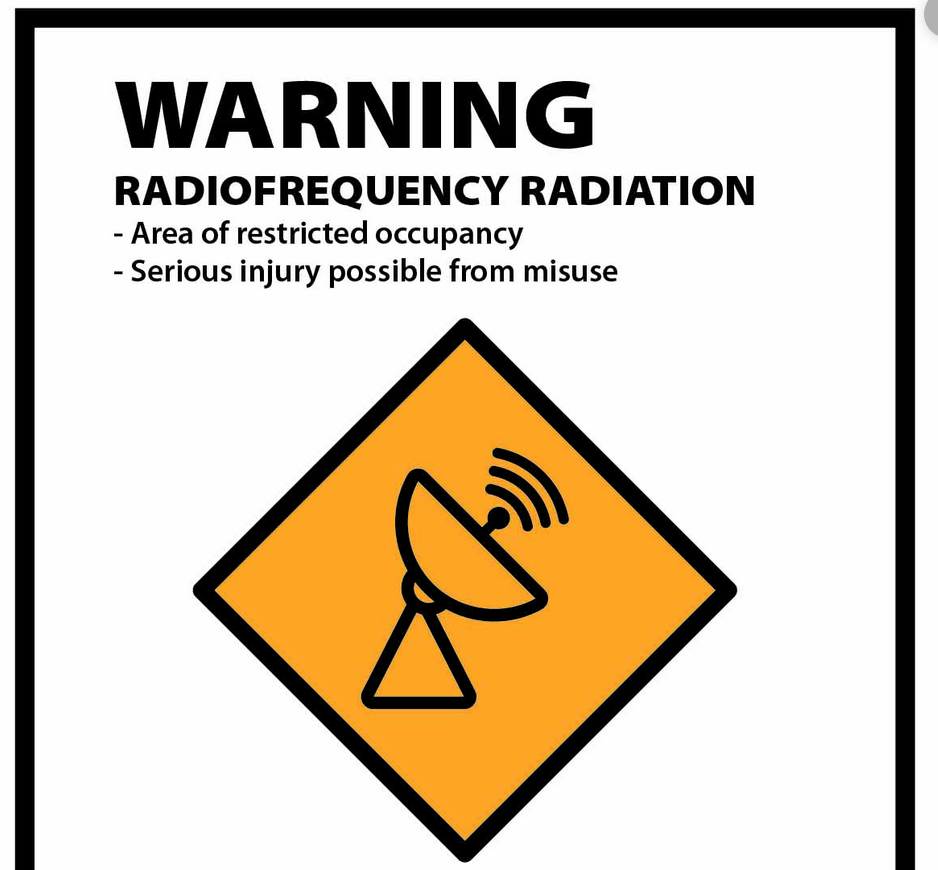Health Effects of EMF Radiation

The radiation RF-EMF causes damages to DNA and tissue and disrupt the blood-brain barrier. These are real-world effects, and ARPANSA is active in collaborating with the EHS communities, medical specialists and researchers. ARPANSA will continue to examine research regarding the health effects of EMF radiation.
DNA damage is caused by RF-EMF
The exposure to electromagnetic fields created by humans (EMFs) can cause DNA damage, as well as other adverse health consequences. EMFs can alter intracellular ionic concentrations, which are essential to ensure a cell's electrochemical balance. It can also cause disruption to cell homeostasis and result damages to the DNA. Furthermore, exposure to EMFs is also linked to an overproduction of free radicals and reactive oxygen species (ROS).
Exposure to RF-EMF radiation has been associated with changes in male germ cells' development. This involves the development of germ cells into spermatozoa as well maturation of the functional aspect as spermatozoa pass throughout the epididymis. To investigate the sensitivity of RF-EMF exposure to male germ cells A specially designed waveguide machine was constructed to expose unrestrained mice to RF-EMF at 2.2 W/kg.

In a recent study researchers have discovered that exposure to RF-EME triggered the oxidation of DNA in the spermatozoa. Sperm DNA fragmentation increased by 18% following a week of treatment, and by 23 percent after five weeks. Furthermore, DNA damage in mitochondria was observed by measuring the level of a biomarker, 8-hydroxy-2-deoxyguanosine (8-OH-dG).
Despite this it isn't yet considered to be a carcinogen. However, several studies have shown that RF-EMF exposure can impair DNA health in variety of cell varieties. In one of these studies researchers exposed Vero cell lines to EMF at 100 Hz over about 45 minutes. They assessed DNA damage for at 48 hours following exposure to determine if the exposure affected the integrity of DNA.
what is emf radiation -EMF effect causes the heating of tissues
Although the effects of RF EMF are generally considered as thermal in nature, a few studies have revealed that non-thermal effects are also evident. These factors could be responsible for some of the unsolved issues in epidemiological studies on EMF hypersensitivity. This is why it is crucial to look at the non-thermal aspects when conducting a systematic review.
Non-thermal effects from RF-EMF could occur at the cell membrane. This is an area where research has been thoroughly studied. Particularly, the electrochemical behavior of cell membranes has been investigated. Current understanding suggests that energy from RF-EMF higher than 1 MHz is transferred to the tissue via dielectric dissipation and ionic discharge. The theoretical studies have indicated that the energy transfer to tissues could be as high as 200 kV/m.
The electric properties of tissue are controlled in the form and quantity of water molecules and ions and other molecules inside the body. This determines how well absorbed RF EMR is by different tissues. Organs with greater conductivity are likely to absorb more field, and thus cause more of an effect. This is the reason the degree of tissue heating is not constant from outside to inside the body and is only noticeable in hot areas. Bone and fatty tissues are less prone to RF heating than other tissues because they are not as water-based. content.
The intensity of the field's electromagnetic energy depends on the frequency and strength of field. Muscle tissue is more able to absorb field radiation than most tissues, and converts it to heat more efficiently. Typically the penetration depth that RFEMF has is measured as millimeters (mm). However, the higher the frequency, shallower the penetration.
RF-EMF causes blood-brain barrier disruption
Researchers have found that RF EMF could disrupt the blood-brain barrier changing sleep patterns as well as neurotransmitter levels. Furthermore is emf radiation harmful on the effects of EMF on brain activity are linked to neurodegenerative disorders. For instance, EMF from mobile phones can alter electroencephalogram activity as well as sleep patterns, in addition to the activity of nitric oxide and xanthin oxide.
Researchers from the Vienna University have studied the effects of exposure to RF-EMF on brain cells. They also examined the effects of ELF EMFs on the nervous system. Although the cellular mechanisms aren't completely understood but there is a clear association between ELF-EMF exposure and myelin depletion. This relationship might account for the electro-hypersensitivity symptoms of electro-hypersensitivity. Fortunately, there are some known methods to regenerate myelin within the brain.
Researchers have found that exposure to frequencies of 900 MHz EMF enhanced the permeability of BBB and caused an increase in signs of neuronal damage in rats. They also observed an increase in the release of albumin to neurons. Additionally, what is emf radiation observed in 30 minutes 900 MHz exposure, 99mTc-MIBI increased its diffusion in the cortex. But this effect didn't occur when using Evans blue-based injections.
Despite these findings, RF EMF is not able to provide a definitive method for disrupting the BBB. The evidence suggests that nonthermal EMF exposure may increase erythrocyte cell membrane permeability. This could influence the BBB and enhance the efflux of calcium-ion. Moreover, the presence of a 99mTc-MIBI radiotracer in the brain is also associated with increasing the permeability and permeability of the BBB.
